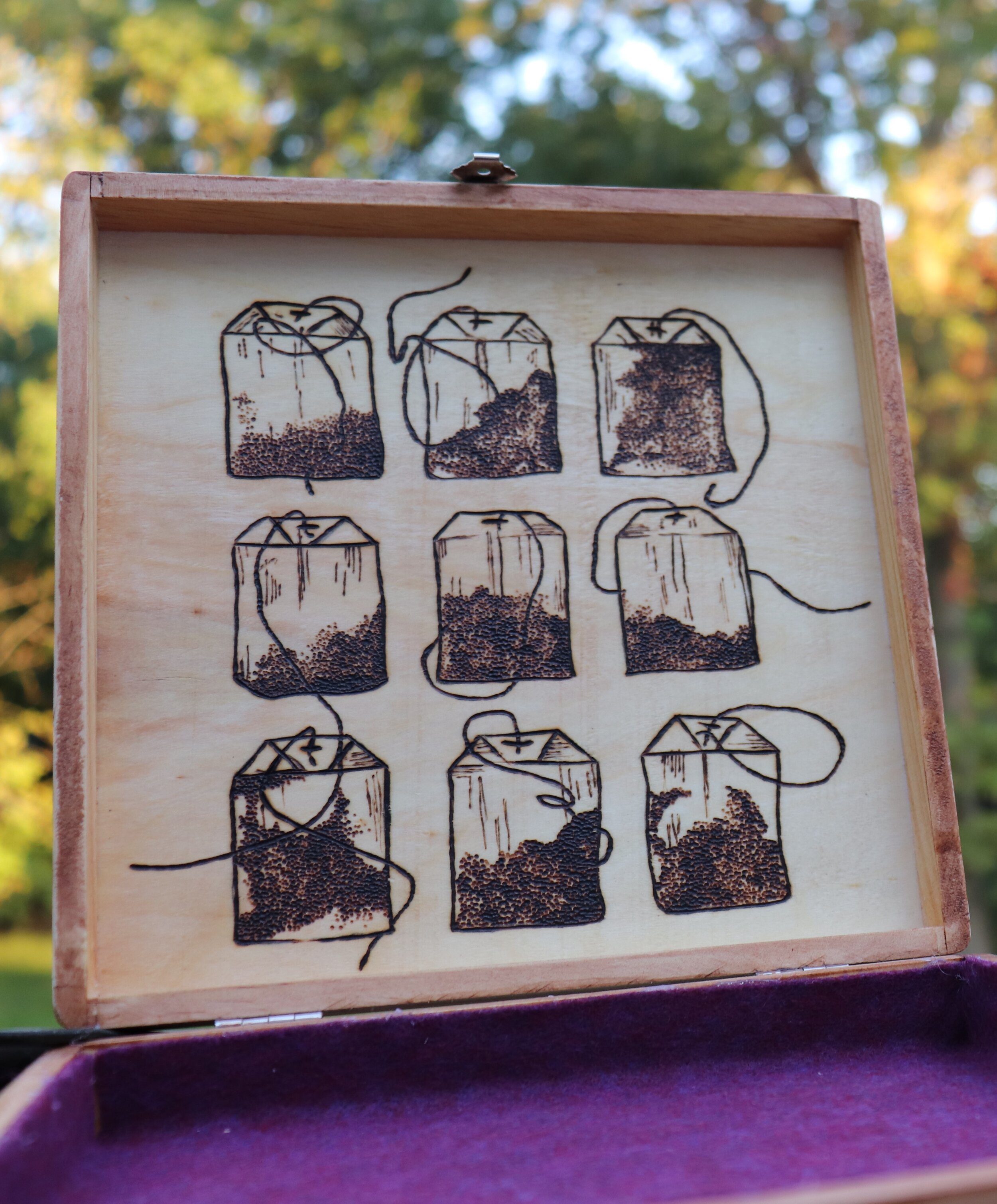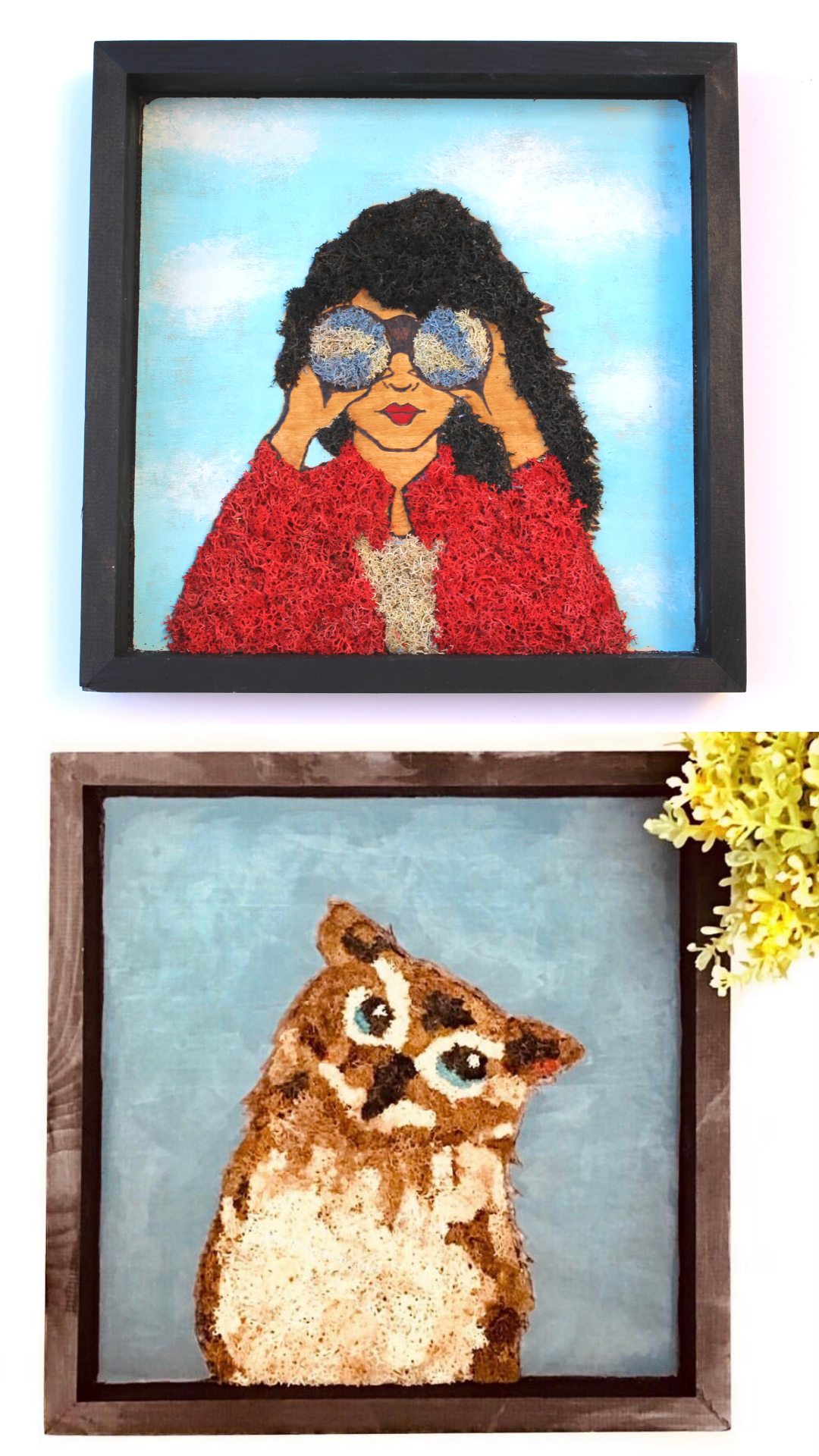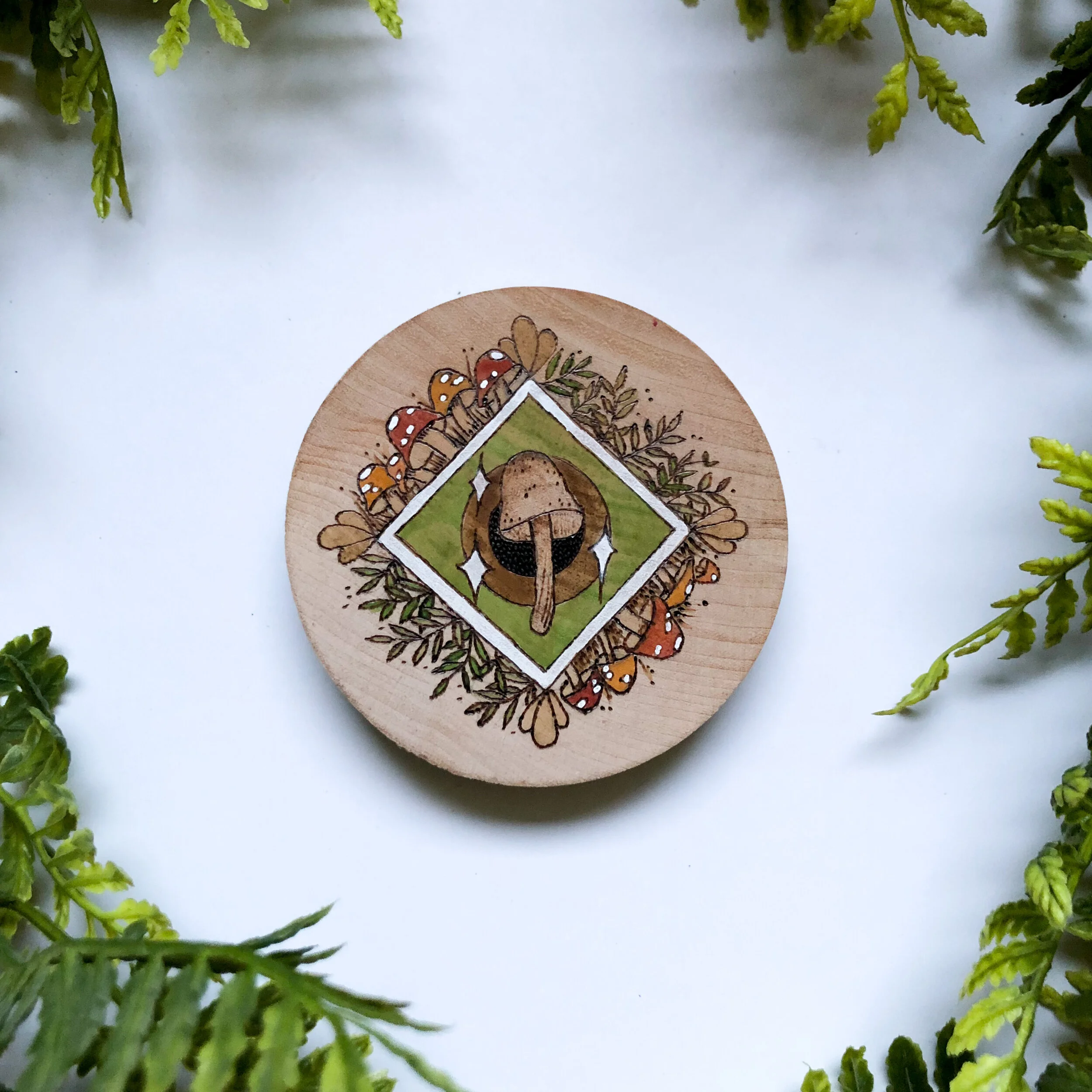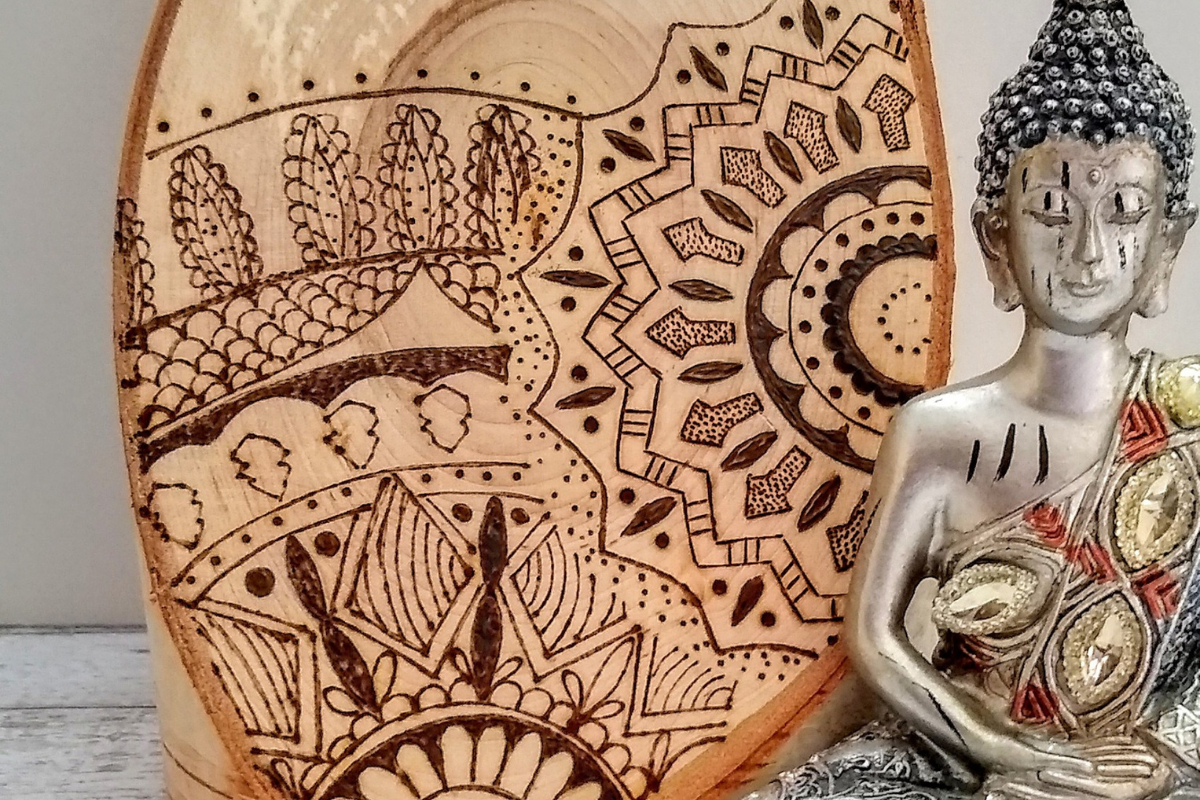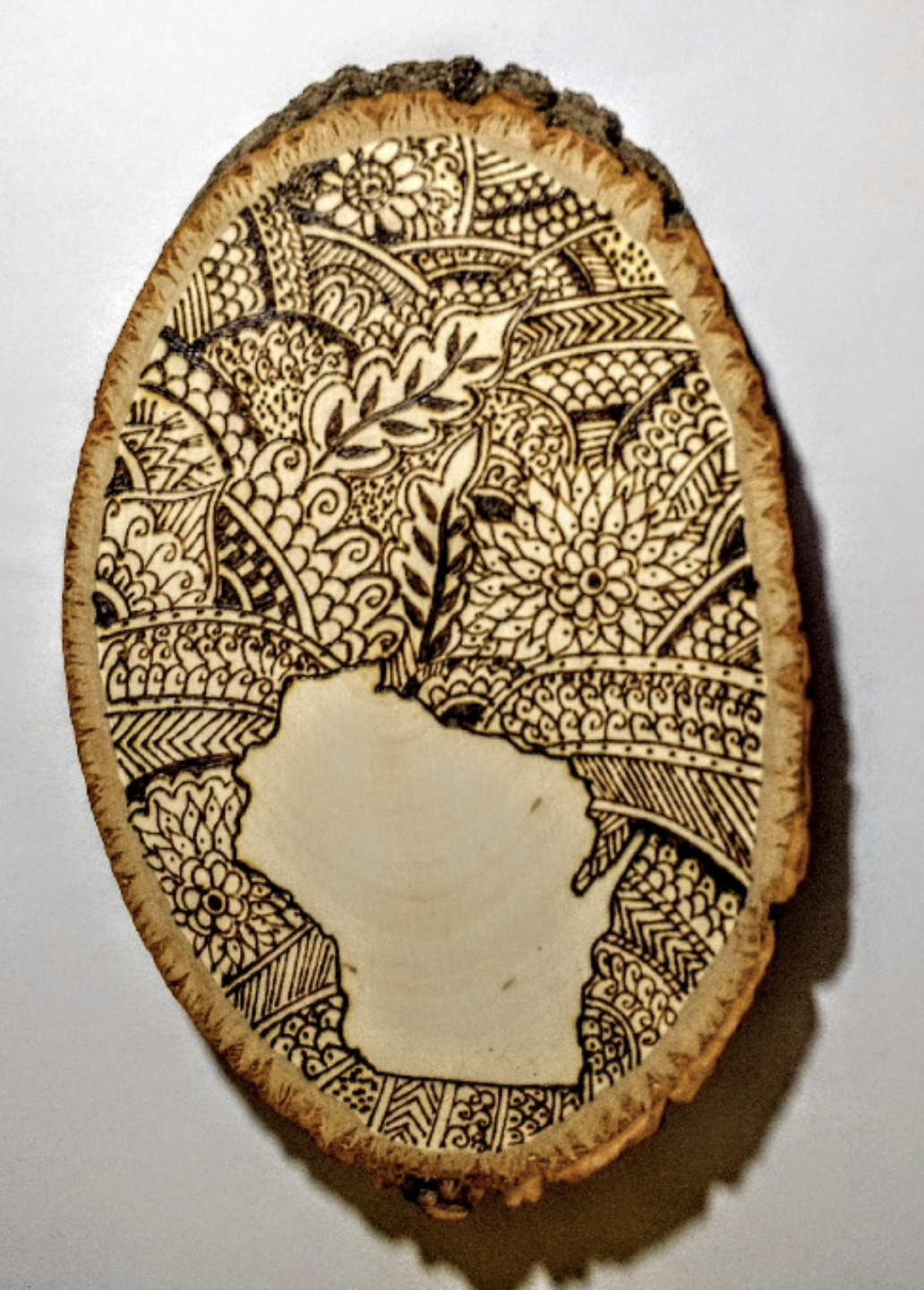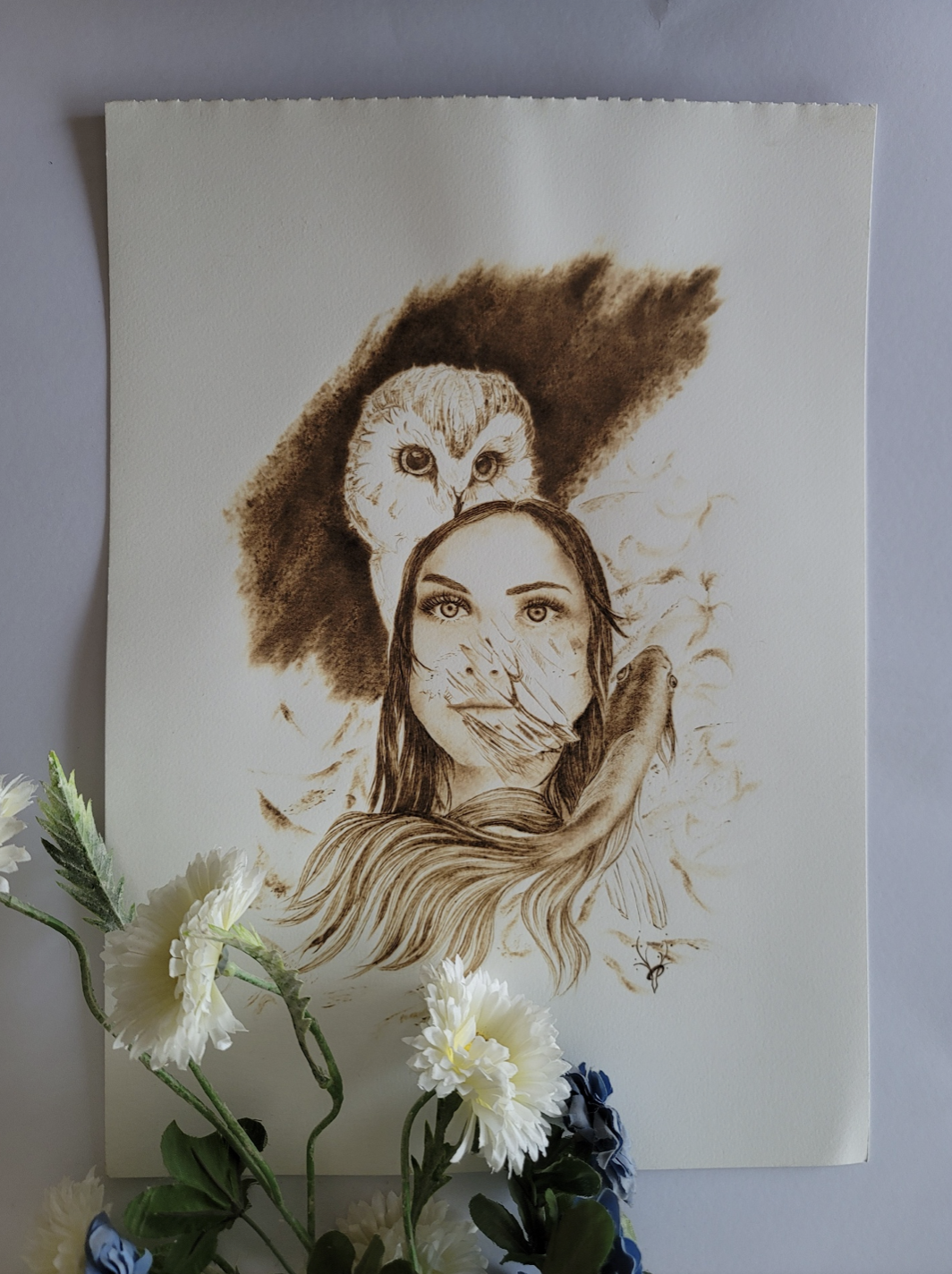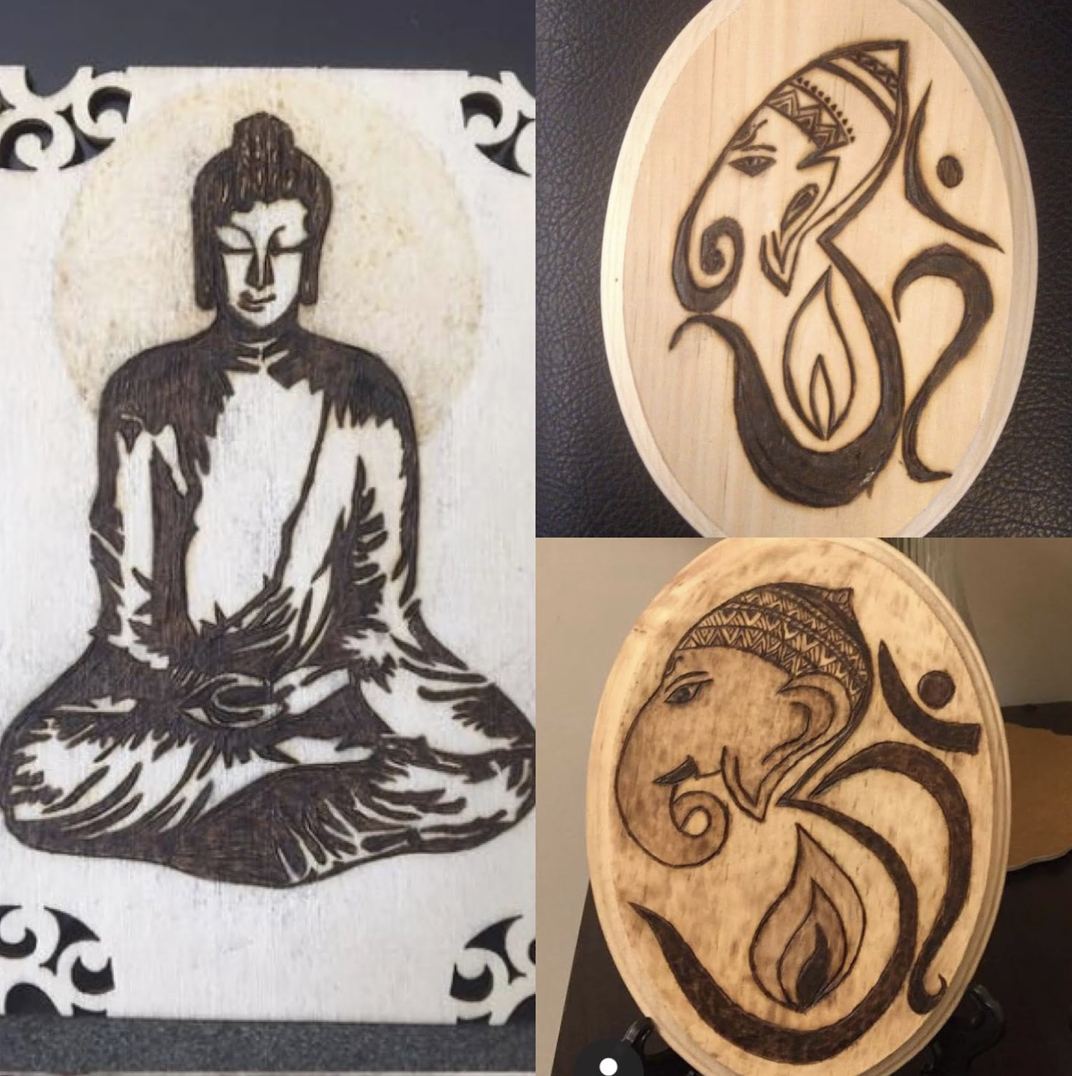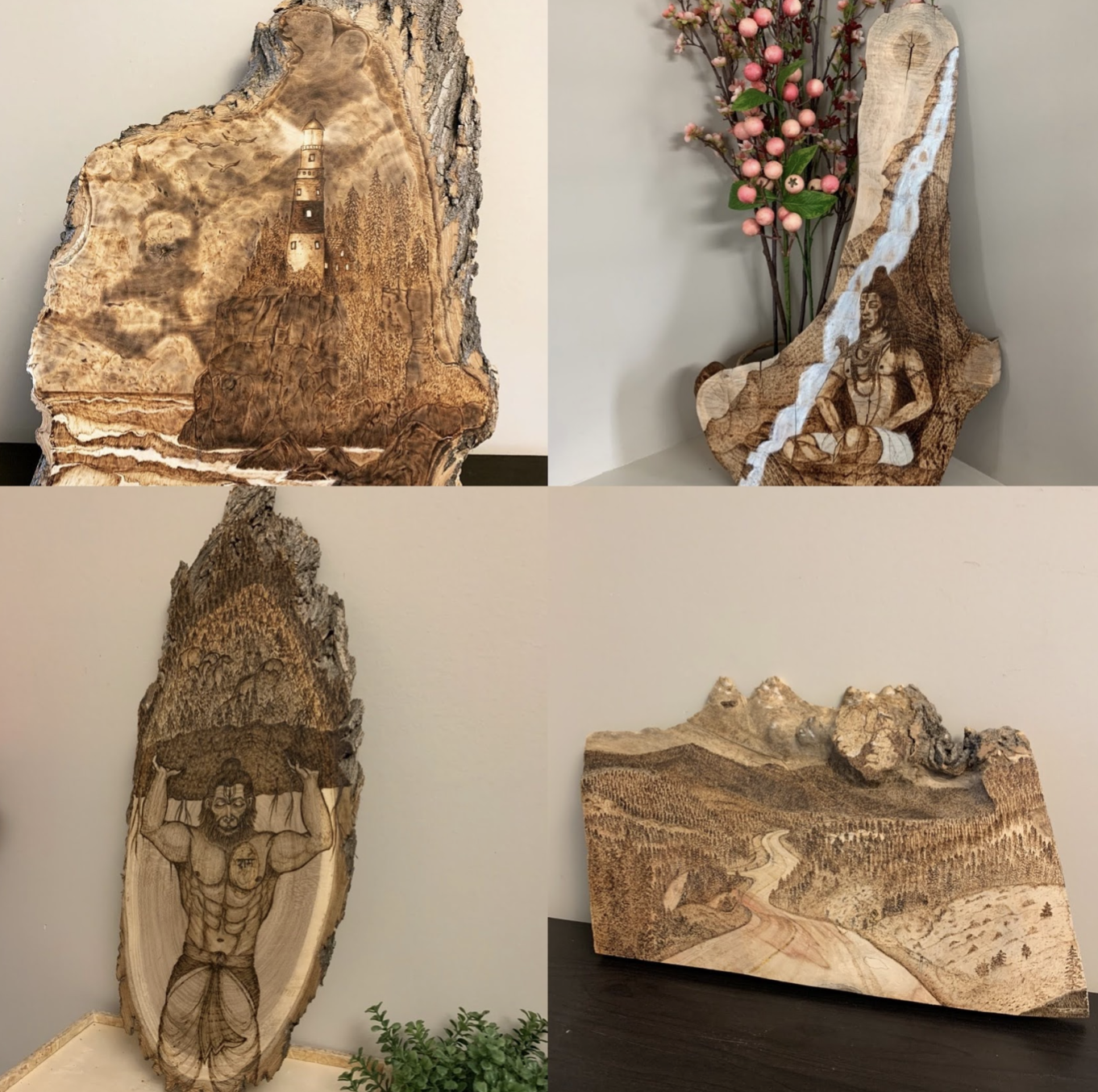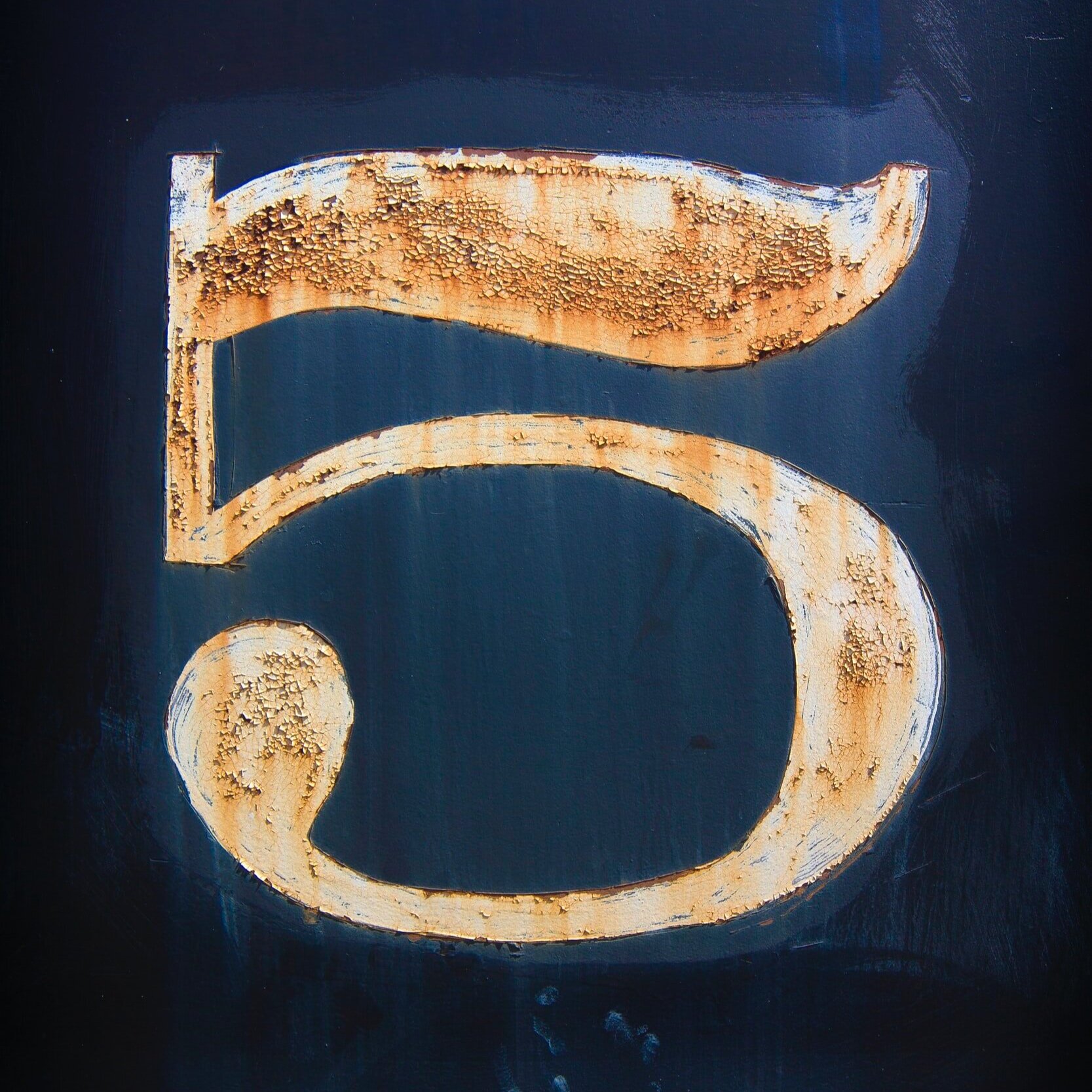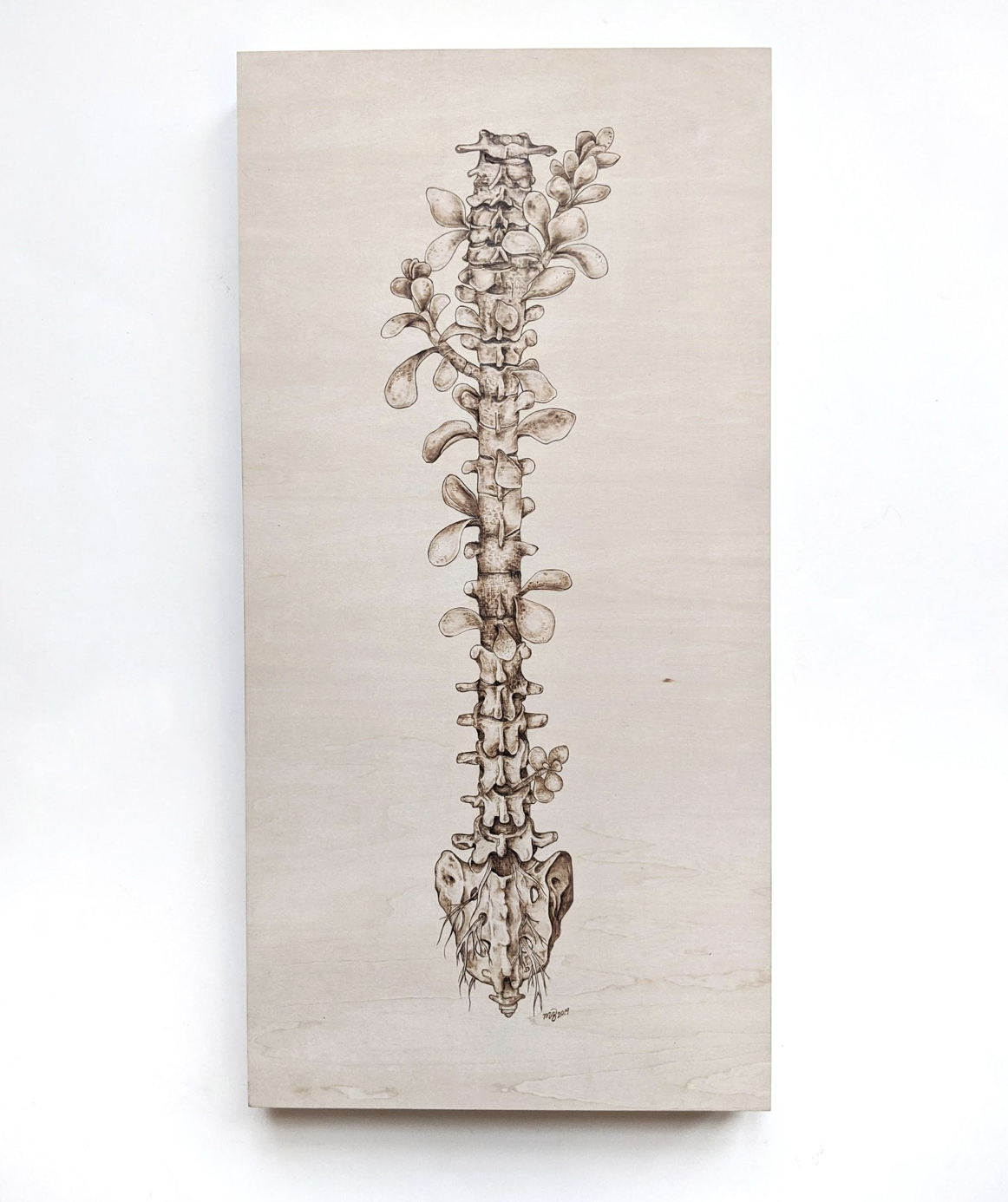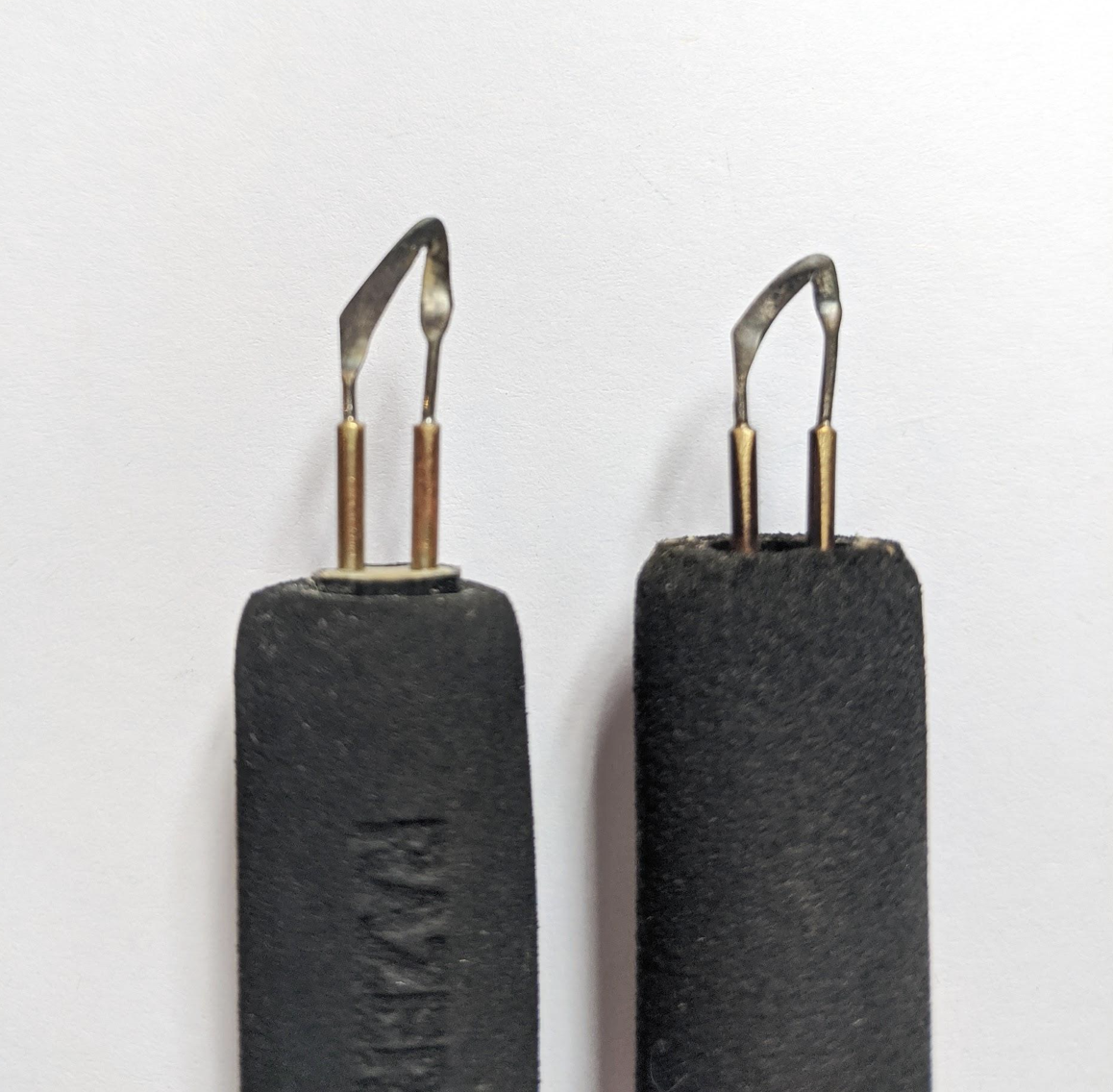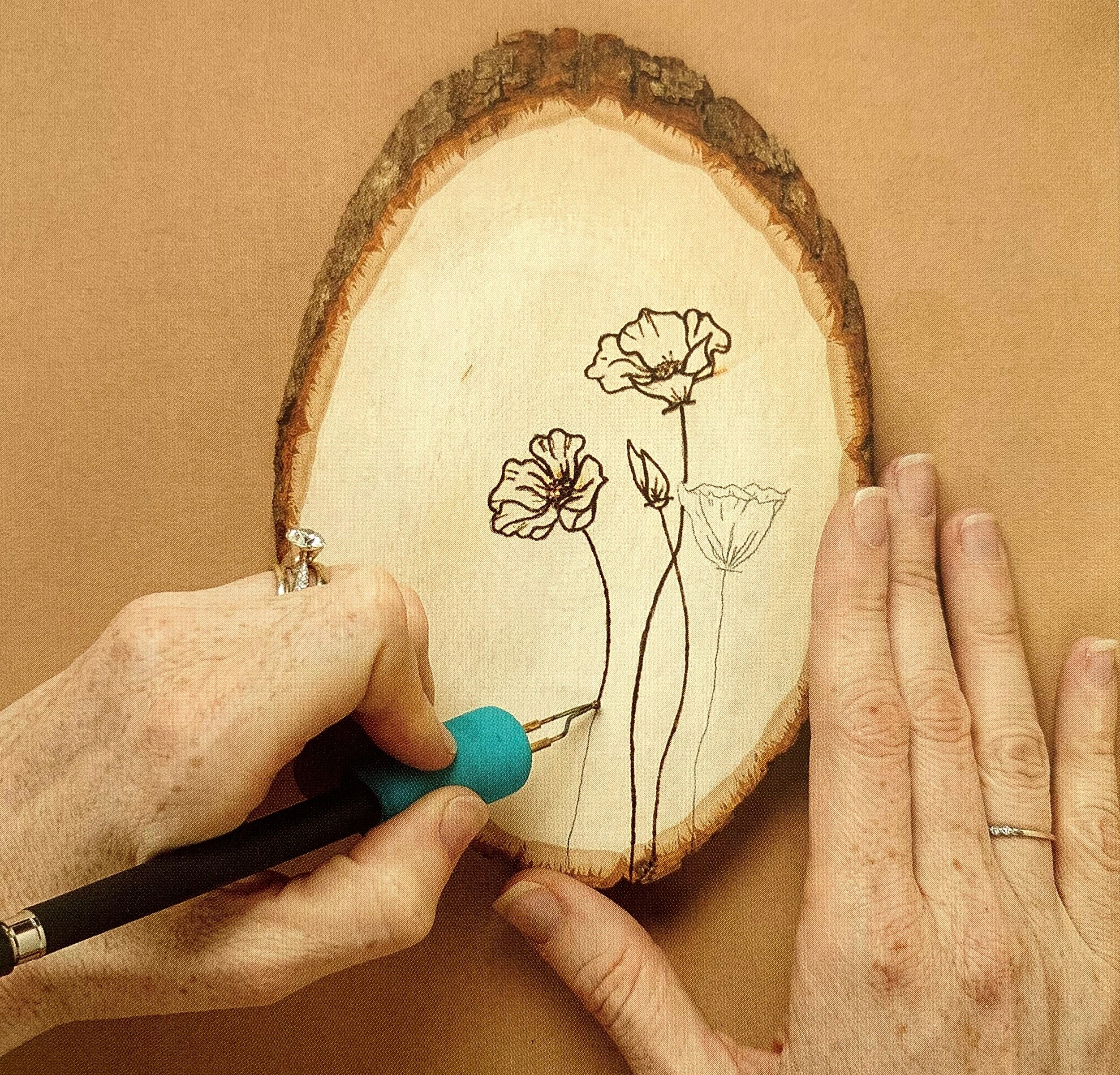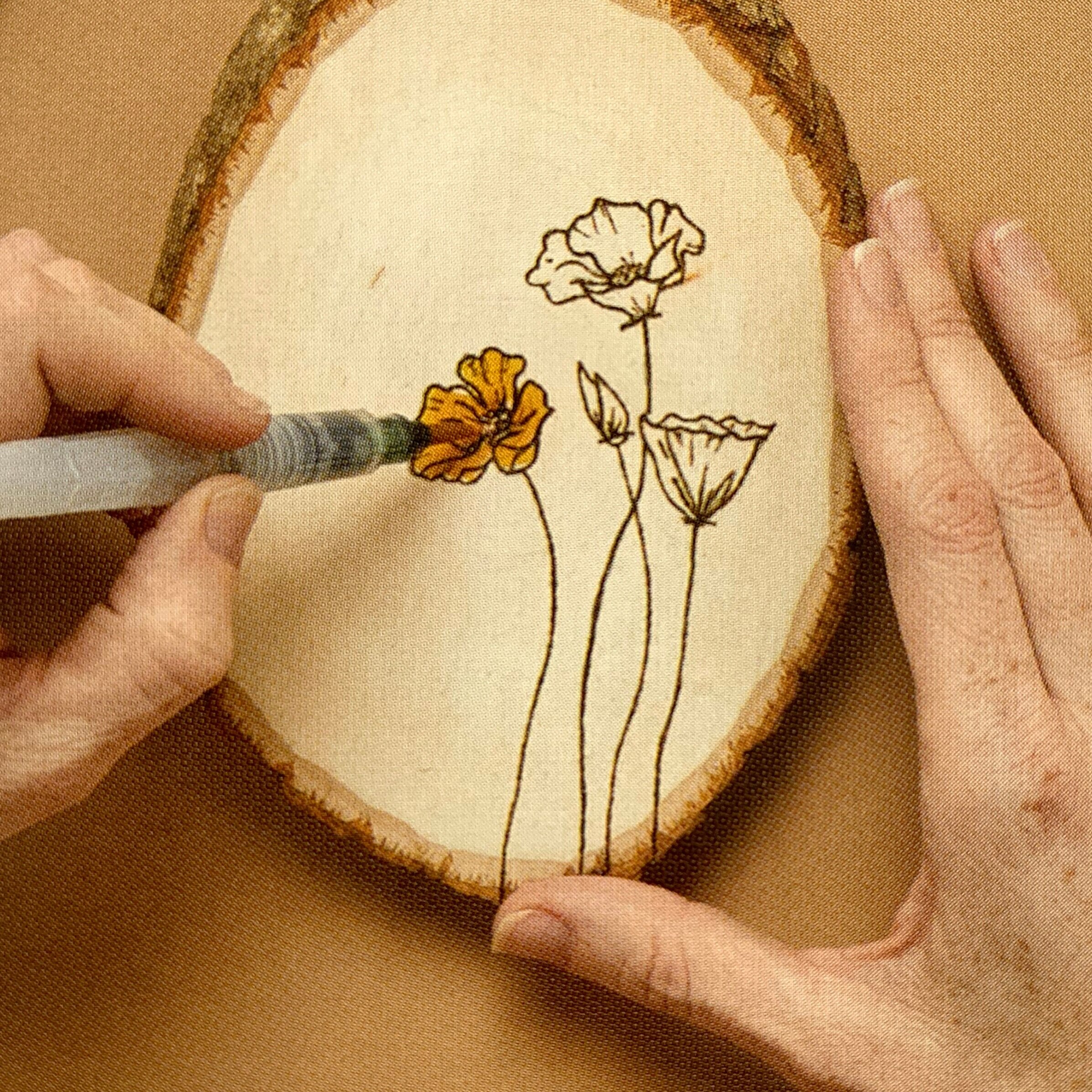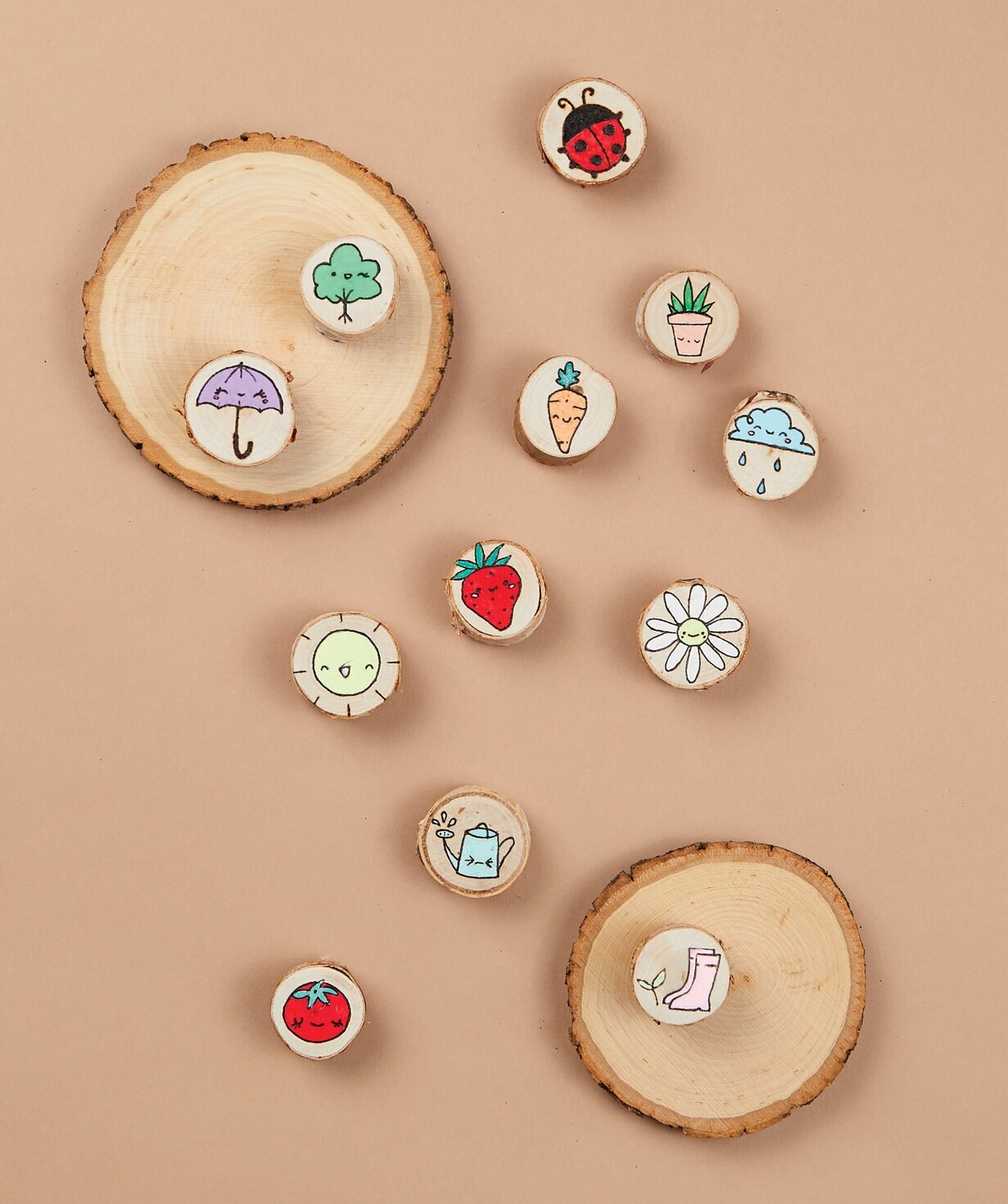When ChatGPT first came out, I think it is safe to say that many of us were skeptical. I know I was. That’s because I didn’t understand its capabilities or even how to use it. My brother, being a tech junkie, showed me the light and once I dove in and asked it a few questions, I was hooked.
I couldn’t wait to ask it more and discover what it can do. It was helping me write screen plays in the voice of snoop dog, jokes for my nephews, bedtime stories for my daughter… I used it to meal plan, learn about which plants I should add to my shady garden and the list goes on. Now I use it more than I google search! If you haven’t tried it yet, I suggest you do!
Just remember though, ChatGPT can deliver quick and impressive results, but it's not human. It's important not to take everything it says at face value, especially when it comes to facts and statistics. Always double-check the information it provides and use your own judgment to fill in the gaps.
Here are a few tips straight from the source, and from experience, for asking ChatGPT the right questions to get the best answers:
Be clear and specific: When asking a question, be as clear and specific as possible.
Use appropriate language: ChatGPT is a language model, so it's important to use appropriate language when asking questions. Avoid using slang or overly complex language that may be difficult for the model to understand.
Provide context: For example, if you're asking a question about a specific topic, provide some background information to help ChatGPT understand the context of your question.
One of my favourite ways to ensure that I am giving it all the context is to ask if it has any questions for me! This prompt is so good because I may be missing key information for it to fully understand what I want from it.
More on this in the next section.
Ask follow-up questions: If you're not sure about an answer or need more information, ask follow-up questions to clarify your understanding. ChatGPT is designed to provide conversational responses, so feel free to ask as many questions as you need to get the information you're looking for.
Again, you can also ask it to give you questions to help clarify what you want.
Break down complex questions: If you need to ask a complex question, break it down into smaller, more manageable parts.
Avoid ambiguity: Be specific in your question and avoid ambiguous language.
Be respectful: Remember that ChatGPT is an AI language model, and it's important to be respectful in your interactions. Avoid using offensive language or asking inappropriate questions, as this can undermine the quality of the responses you receive.
What are the ways in which you can give ChatGPT context?
There are several ways to provide context to ChatGPT when asking a question:
Background information: Provide some background information about the topic you're asking about.
Examples: It’s okay to give examples to illustrate your question or provide more information.
Related topics: If your question is related to another topic or concept, mention it in your question.
Keywords: Use relevant keywords in your question to provide more context. For example, if you're asking about a specific product or service, include the name of the product or service in your question.
More on this below.
Tone: Use a clear and concise tone when asking your question.
Use specific qualifiers: Use qualifiers like "best," "worst," "most," "least," and "highest," to help specify the type of information you're looking for.
Does using multiple keywords in my question for ChatGPT help me get a better answer?
Using multiple keywords in your question can be helpful in some cases, as it can help ChatGPT to better understand the context of your question and provide you with a more accurate response.
However, it is important to use relevant keywords that are directly related to your question, rather than using irrelevant or extraneous keywords that may only serve to confuse ChatGPT.
Here are some tips for using keywords effectively:
Be specific: Use keywords that are specific to the topic you are asking about.
Use synonyms: Try using synonyms for your keywords to broaden your search and increase the chances of finding relevant information.
Don't overdo it: While using multiple keywords can be helpful, don't overdo it. Using too many keywords or irrelevant keywords can lead to inaccurate or irrelevant responses from ChatGPT.
Use natural language: When asking a question, use natural language that closely resembles how you would ask the question if you were speaking to a person.
Be Careful
Enjoy playing with this powerful tool but also be aware that ChatGPT is not connected to the internet and obviously, it’s not human. It can occasionally produce incorrect answers or not provide all the details... It has limited knowledge of world and events after a certain time (depending what version you have) and may also occasionally produce harmful instructions or biased content. You can get a good understanding of this when you ask it about topics you know really really well.
For example, I know pyrography really well. I tested ChatGPT and used it to ask questions all about wood burning. Since I am familiar with the art form, I could see that it was missing some information, or it was really close to getting the facts right, but they were slightly off… All the information it had was not everything about the topic.
A cool thing is that you can now ask it to create images! This also comes with some warning… here is an example of an image I tried creating for a blog post on wood grain:
To get to this awesome image, I had to try about 7 different prompts (I learned along the way…). Here are some bloopers that were funny and logically did not make sense:
You can even see the progression of the images as I learned the right way to ask it what I needed.
Along with using it for images, I like to use the app help me clarify my thoughts into words, correct my grammar or spelling, summarize my own words or give me a foundation to work with, rather than relying on it to create all my content.
For more information and support on ChatGPT visit OpenAI Help.
Oh and, do you know what else is cool? You can always ask it to give you the direct source of it’s answer - this is very helpful to know and have if you want to confirm the validity of it’s responses.
Along with that, the helpful tips in this blog post will get you the best results.
With ChatGPT, the world is your oyster - have fun!






